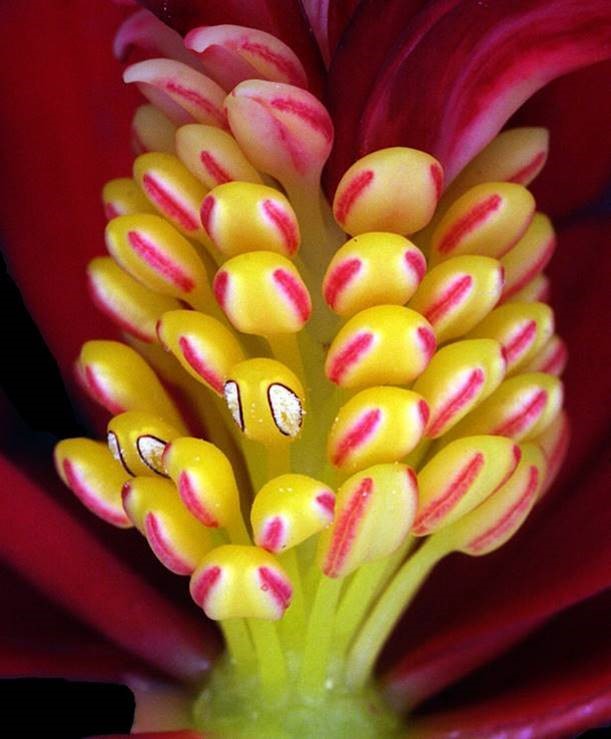Smart Gardening Conference to focus on smart plants
Learn about the magical interactions between flowers and their pollinators at the 2020 Smart Gardening Conference in Grand Rapids, Michigan.

Flowering plants and their pollinators have been doing a “dating dance” since the first plants appeared with true flowers. How do flowers attract pollinators? Color, fragrance, even height and positioning are ways a flower is attractive to a pollinator. If a plant’s main business in life is to reproduce, I like to think of the flowers as their “marketing department.” The length that flowers go to attract a pollinator is what’s really interesting! According to Robert Geneve, professor of horticulture at University of Kentucky, plants sometimes have magical interactions with pollinators.

Color is certainly a factor, especially for bees and butterflies, to signal the right match with an insect or mammal pollinator. When it comes to bees though, the flower is much more that meets the eye, says Geneve. “Bees see flowers differently than the average human. There are unique colors and patterns that guide the pollinator to the appropriate flower. This helps them choose flowers to pollinate at just the right time and pass over those flowers that are not ready or have already been pollinated”. According to Geneve, some plant’s flowers literally have a roadmap right on them—directing the pollinator to come in for a nice nectar lunch.
Flowers may be designed to attract and interact with many pollinators or just one. If a single species can only be pollinated by one pollinator, there is no margin for error when it comes to attractiveness. Flowers in the mint family are shaped so that when a pollinator lands, the modified stamen acts as a fulcrum, allowing the anthers to drop down and deposit their load onto the hungry visitor.

Geneve says one of the coolest things about this unique relationship is that some flowers actually react to the pollinator’s touch by moving the stamens. If you look closely at bird of paradise, you cannot see the stamens, but once the pollinator arrives, out they pop!
Geneve and several others will be sharing more on this subject during the 2020 Smart Gardening Conference in Grand Rapids, Michigan, on March 7. Geneve will provide a scientific look at how flowers signal, lure or “trick” pollinators into their nectar-filled lair.
To find out what other topics will be addressed, download a brochure.



 Print
Print Email
Email